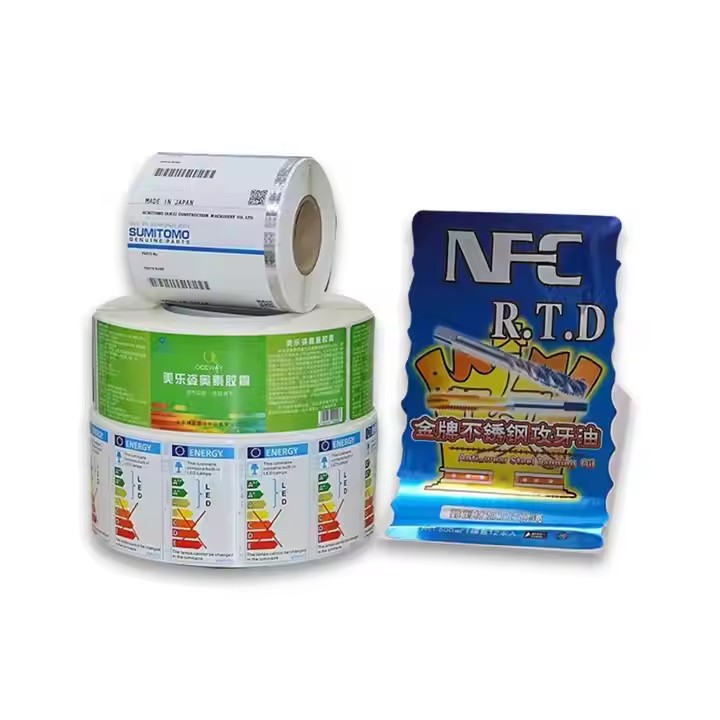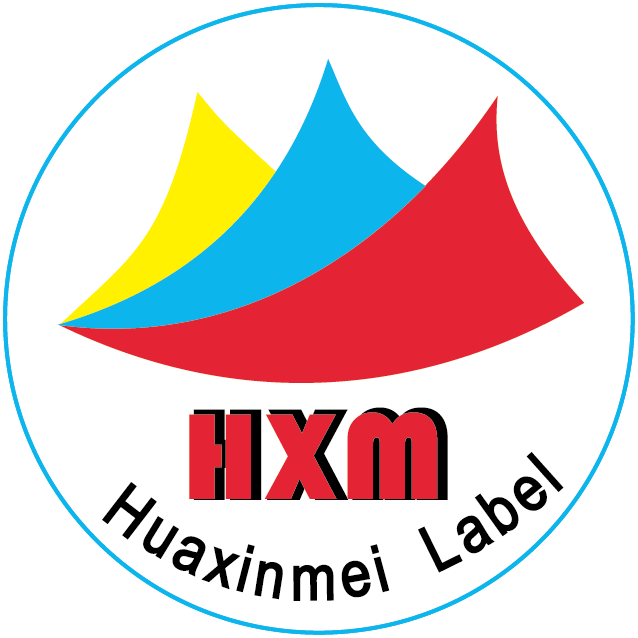I. Define Market Segmentation
Segment by Application Scenarios
The application scenarios of labels are diverse. For example, commodity labels can be used for marking the price, brand, ingredients, etc. of various retail products; logistics labels are used for goods sorting and transportation tracking; electronic labels are applied to information recording and anti – counterfeiting of electronic products. By focusing on specific application scenarios, it is possible to meet customer needs more precisely.
Segment by Customer Types
Customers can be divided into large – enterprise customers and small – and – medium – sized enterprise customers. Large enterprises usually have high demands for label quantity, quality, and customization, and they pay attention to brand image and supply chain management. Small – and – medium – sized enterprises may be more concerned about cost and flexibility. In addition, customers can also be classified into end – consumers and distributors and other different groups. Product positioning should be based on the demand characteristics of different groups.

Segment by Technical Features
Consider different technical types of labels, such as traditional paper labels, new – type electronic labels, and smart labels. Paper labels have a low cost and wide application; electronic labels have functions like data storage and remote identification, which are suitable for high – end logistics and asset management. Smart labels combine technologies such as sensors and can achieve more complex functions. Product positioning can be carried out according to the advantages and applicable scopes of different technologies.
II. Analyze the Competitive Situation
Identify Competitors
Comprehensively understand the competitors in the industry, including their product features, market share, pricing strategies, and brand images. Not only pay attention to direct competitors, that is, enterprises producing similar label products, but also consider potential competitors, such as relevant technology enterprises or cross – border enterprises that may enter the label industry. Identify how they achieve success, pay attention to their marketing strategies, and the outstanding aspects in production, design, etc. Learning from and imitating competitors can help to maximize profits.

Analyze Competitive Advantages and Disadvantages
Compare your own products with those of competitors, find out your own advantages, such as more advanced production technology, a richer product line, better customer service, etc. At the same time, recognize the disadvantages, such as low brand awareness and insufficient cost – control ability. Determine the differential product positioning through strengthening advantages and compensating for disadvantages. Understand your own products, and design personalized label patterns according to their unique properties to distinguish them from other products. In the market, products are distinguished by their uniqueness. Try to compare with other similar manufacturers. Why are the products of some manufacturers more popular than those of ordinary manufacturers? Is it due to the appearance design or sufficient investment in marketing? Analyze the advantages and disadvantages of competitors one by one and use them as a reference for imitation.
Find Market Gaps
Based on the competitive analysis, look for unmet needs in the market or areas with relatively weak competition. For example, with the increasing awareness of environmental protection, biodegradable and environmentally friendly labels may have a large market space. The demand for personalized and high – end customized labels in some specific industries may also be an untapped market gap.
III. Combine with Own Advantages
Technical and R & D Capabilities
If an enterprise has unique advantages in label production technology, such as advanced printing technology, anti – counterfeiting technology, or the ability to develop electronic label chips, etc., it can position its products as high – end and technology – driven, focusing on providing high – quality and high – performance label products for customers with high technical requirements.
Production Capacity and Cost Advantages
Enterprises with large – scale production capacity and good cost control can position their products as cost – effective, targeting price – sensitive and high – demand customer groups. By means of large – scale production and optimized supply chain management, they can provide label products with reasonable prices and reliable quality.
Brand and Service Advantages
Enterprises with a good brand reputation and high – quality customer service in the industry can position their products as high – end products that focus on customer experience and brand value. Emphasize the professionalism, reliability, and innovation of the brand, and provide customers with personalized solutions and all – round service support.
IV. Determine the Value Proposition
Cost Leadership
Take low cost as the core value, and provide customers with inexpensive but qualified label products. By optimizing the production process, reducing raw material costs, and improving production efficiency, attract cost – sensitive customers with price advantages while ensuring the basic functions of the products.

Differentiation
Highlight the unique functions, features, or designs of products, such as having special anti – counterfeiting functions, personalized customized designs, being made of environmentally friendly materials, etc., to distinguish them from competitors’ products. Provide unique value to customers and meet their specific needs or the psychological pursuit of personalization.
Focus on a Specific Field
Concentrate on a specific market segment or application area, such as only producing high – end cosmetic labels or food traceability labels, and become an expert – type enterprise in this field. By deeply understanding the needs and pain points of customers in a specific field, provide professional and accurate products and services, and establish a brand image and competitive advantage in this field.


